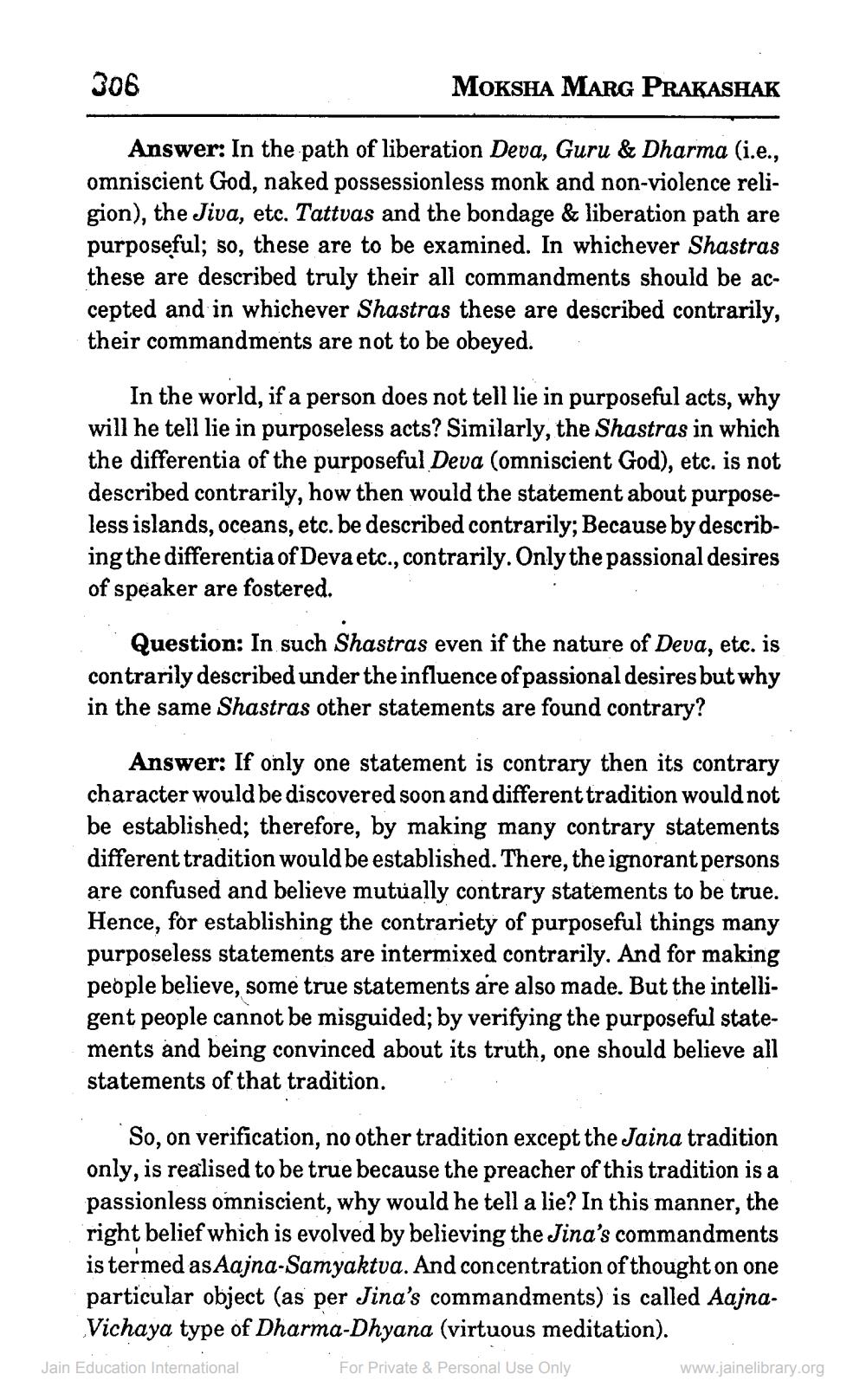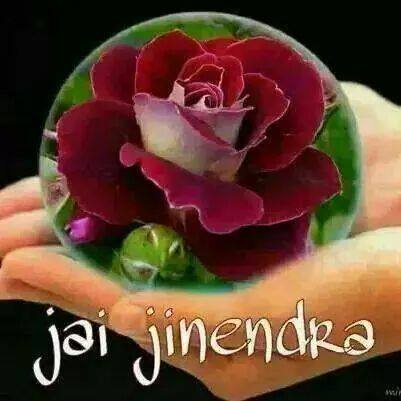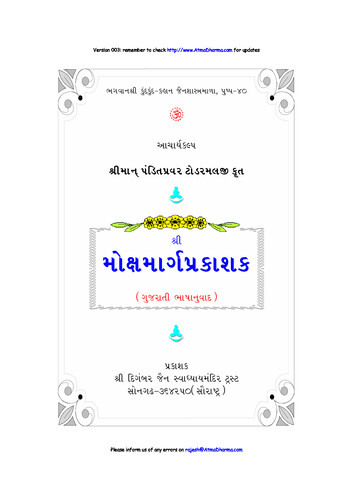

The soul houses itself into the physical vehicle that is the body which most suits for performing these duties. For example, the desire to earn wealth may diminish and disappear, or a person may come to the realization that there are no more material desires that they need to pursue, and hence more room is created for the pursuit of the ultimate objective, Moksha.Ī person is born on this earth to perform certain duties. As a person progresses through the evolution of their soul, they find that some of the objectives eventually lose their place and importance to more predominant objectives. Exclusive pursuit of one Purushartha creates an imbalance in a person’s life, and prevents the person from reaching the ultimate destination of their life.


The activity of fulfilling one objective should also support the fulfillment of the other objectives.īy maintaining a balance between the definition and fulfillment of the four Purusharthas, a symbiotic evolution of the individual self takes place. They define and refine the other objectives and allow the other objectives to define and refine itself. These four objectives are not independent of each other and should not be viewed in a stand-alone manner. In fact, it is both your individual and soul purpose.Īn individual can realize him or herself by balancing and fulfilling these four objectives. And since an individual person is a reflection of God, is a part of God, it is the rightful pursuit of a person to fulfill these four Purusharthas.

The four Purusharthas are really the objectives of God, of the Supreme Self, the qualities of God. They articulated four Purusharthas as: Dharma: Righteousness, Duty The ancient seers clearly articulated the objectives of humankind as “Purusharthas” - ‘Purusha’ means an individual or person, and ‘Artha’ means meaning or objective or pursuit. In order for an individual to realize their supreme Self, they need to identify the reasons and objectives why they came into being on this earth plane, and fulfill them. And therefore every individual person is none other than the Supreme Self, for how can the part be different from the whole. It is that Supreme Self that exists inside each individual self, in each individual person. The Supreme Self pervades and exists in all dimensions in all beings, sentient and insentient. It also contains the connotations and implications of “-Panch – Paramesthis” (Five Paragons/Supermost – deities of).Millenia ago, seers in the ancient Eastern tradition articulated the blueprint for the fulfillment of the objectives of human birth as was shown to them in the highest supreme levels of consciousness. The most important mantra (cherisnma) of Jainas name Panch-Namokar-Mantra, commonly known as “Namokar-Mantra”, with its corollaries or ancillaries, is given. In part A (1) Mangala-Sutra (Sayings of Auspicion). This part of the book is, more or less, of an introductory character yet it speaks volumes about the basic tenets of Jainism. Part A Jyotirmukh contain 15 chapters dealing with 15 topics – Mangala – Sutra, Jina-Shashan-Sutra, Samgha Sutra, Nirupana-Sutra, Samsara-Chakra-Sutra, Karma-Sutra, Mithyatva-Sutra, Samsara-Chakra-Sutra, Karma-Sutra, Mithyatva-Sutra, Rag-Parihar-Sutra, Dharma-Sutra, Samyama-Sutra, Aparigraha-Sutra, Ahimsa-Sutra, Apramada-Sutra, Shiksha-Sutra and Atma-Sutra. “Samana-Suttam” or “Sayings of Sramanas/Jain seers” is a collection of 756 Gathas, divided into four parts: (1) Part ‘A’ “Jyotirmukh” (the mouth of flame) (2) Part ‘B’ “Moksha-Marg” (Path of liberation) (3) Part ‘C’ “Tattvadarshan” (Elements of Philosophy) and (4) Part ‘D’ – “Syadavada” (Relativism).


 0 kommentar(er)
0 kommentar(er)
